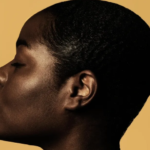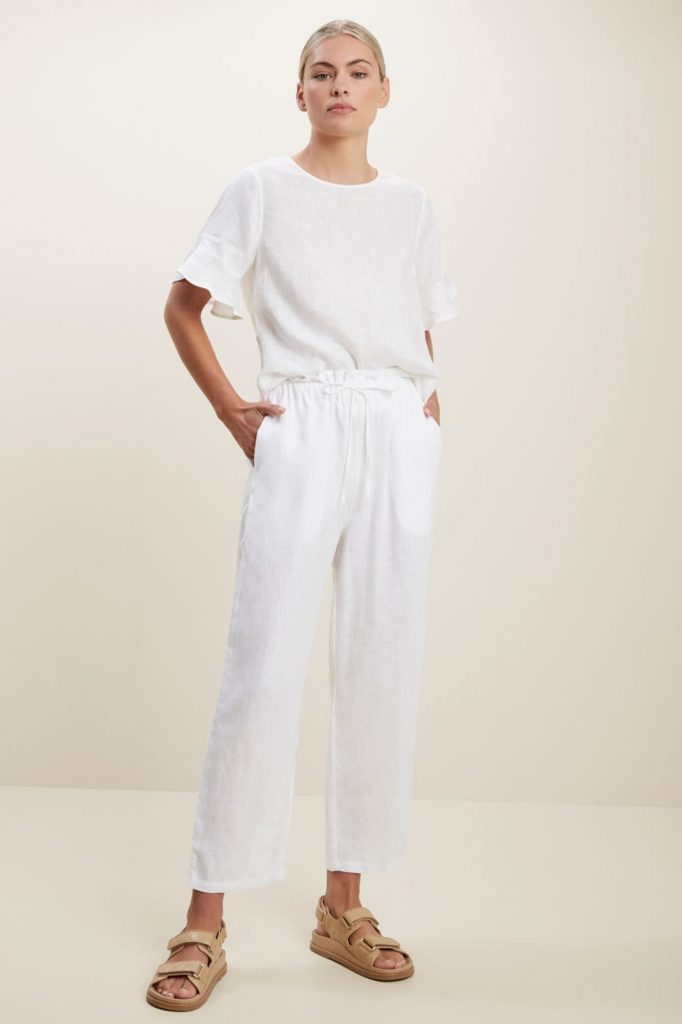Words Agnes Aui
According to definition, beauty is “the quality or aggregate of qualities in a person or thing that gives pleasure to the senses or pleasurably exalts the mind or spirit”. Beauty can be interpreted in many ways, and mean different things to different people. Some people focus on inner beauty, while others enhance their beauty with products and makeup. Beauty standards have also varied throughout the years, with different body types in the limelight and different makeup looks that people embraced back in the days. Let’s have a look at the evolution of beauty standards throughout history up till this very day.
First, in Ancient Greece during the Hellenic period of 500-300 BC, women should ideally be plump and have fair skin. It is said that during this time, men were held to a higher beauty standard than women. Women had a body shape that was so different from men, that they were even considered slightly disfigured. However, this body shape was desirable and looked up to because women with this body shape were considered wealthy. This was because it proved that they had enough to eat during the particular era. If you’ve ever seen sculptures of women during this era, you would be able to see that most women had curves and were rarely skinny.
On the other hand, in the Han Dynasty of China (202 BC-220 AD), women with small feet were considered beautiful because it symbolised status and was a mark of beauty. Though some evidence may have suggested that this practice started in the time of the 10th century Emperor Li Yu of the Southern Tang, just before the Song Dynasty. In order to achieve small feet, the Chinese adopted a custom of breaking and tightly binding the feet of young girls – this is known as foot binding. Foot binding changes the shape and size of girls’ feet till they were only three to four inches long, which is the ideal length. Girls whose feet were bound, were known to have ‘lotus feet’, and wore specially made ‘lotus shoes’. However, the practice of foot binding has been illegal for over a century due various health issues that could arise from the practice.
In Renaissance Italy (1400 – 1700), women were considered beautiful if they had blonde hair, pale skin and a rounder body. Women during this era reflected their husbands and thus, if a woman was thin it would mean that her husband isn’t wealthy. Cosmetics were also used during this era, most of which came from natural ingredients such as cold creams made from olives to moisturise the skin, allowing it to be paler, or white lead powder which was applied to the skin to achieve the standard of beauty. Rouge also existed for women to achieve rosy cheeks and luscious lips while kohl, a dark mineral based powder, was widely used as eyeliner. Women during the Italian Renaissance were also beautiful if they had full hips and big breasts.
During the Victorian era which was from 1837–1901, an hourglass body shape was considered beautiful, alongside manners and etiquette. To achieve this, women wore corsets, which were also designed to raise the breasts high and pull back shoulders until the shoulder blades almost touched. Women were also meant to be dainty and pretty, and always happy especially in difficult times. Makeup was worn but in the most natural way possible, but they would never mention wearing makeup to anyone as it was frowned upon during that time. In general, Victorians that were pure, chaste, refined, and modest were considered beautiful during that era.
The Roaring Twenties (1920s) was an era that didn’t last long yet left a remarkable memory in the beauty world. During this time, a curveless body alongside a flat chest was deemed beautiful. Bold makeup like round rosy cheeks, red lips with an exaggerated cupid’s bow and pencil thin eyebrows were the in-thing. A boy-ish figure was widely embraced during this time, with many women rocking short bobs as well as a downplayed waist. The less shape they had, the more beautiful it was.
Next, comes the Golden Age of Hollywood, which lasted from 1930-1950. During this time, Marilyn Monroe was the ultimate definition of beauty and was known as the Golden Girl of Hollywood. People regarded being dainty and ladylike as beautiful, opposing the Roaring Twenties era where being boy-ish was ideal. A curvy body shape was back in the spotlight, alongside an hourglass figure, slim waists and large breasts. As for makeup, pale faces, red lips and thin eyebrows was the trend.
The Supermodel Era (1980s) was a time where a toned body was deemed beautiful. Workout videos and tapes spread like wildfire as women were encouraged to be fit and thin. However, having slight curves were also desirable, alongside toned arms and being tall. As for the decade that followed, an extremely thin body was ideal. Many looked to Kate Moss for inspiration, and aimed to have translucent skin and a flat chest.
From the 2000s till today, the word ‘thicc’ is what defines beauty. Kim Kardashian, a reality TV star is the poster woman of ideal beauty standards of today. Having large butts and breasts while having a skinny waist is deemed beautiful. The fact that plastic surgery has become something common also helps women in achieving this desirable look.
All in all, beauty standards have evolved greatly and will continue to evolve in the years to come. Despite this, what defines beauty is up for interpretation and is completely up to you. Adhering to the beauty standards isn’t exactly necessary, because as long as you feel confident in your own skin and body, nobody can tell you otherwise.






